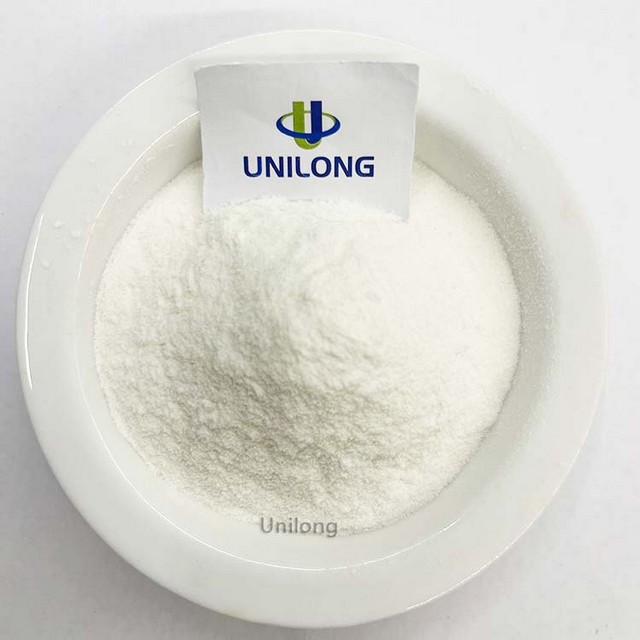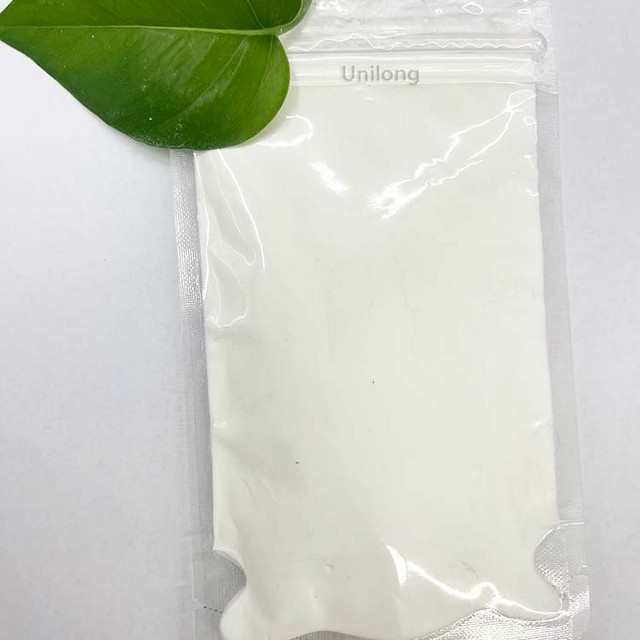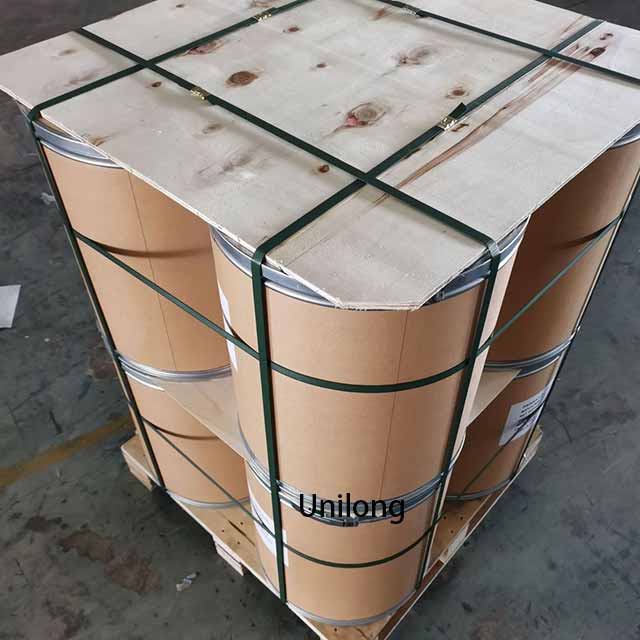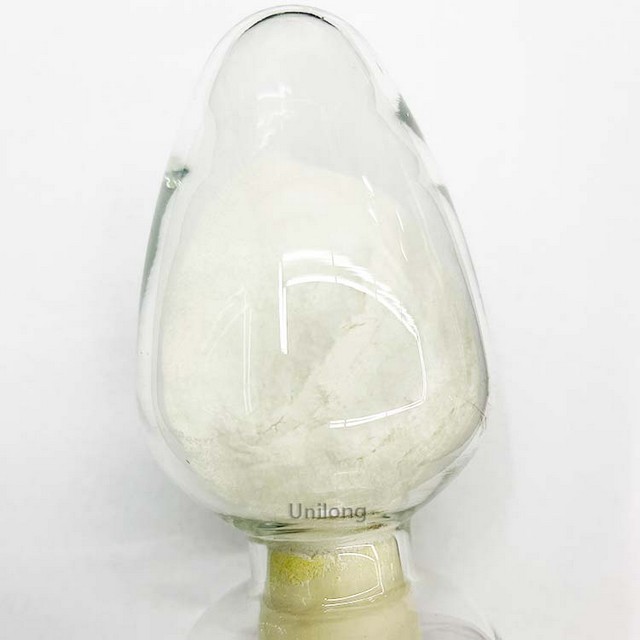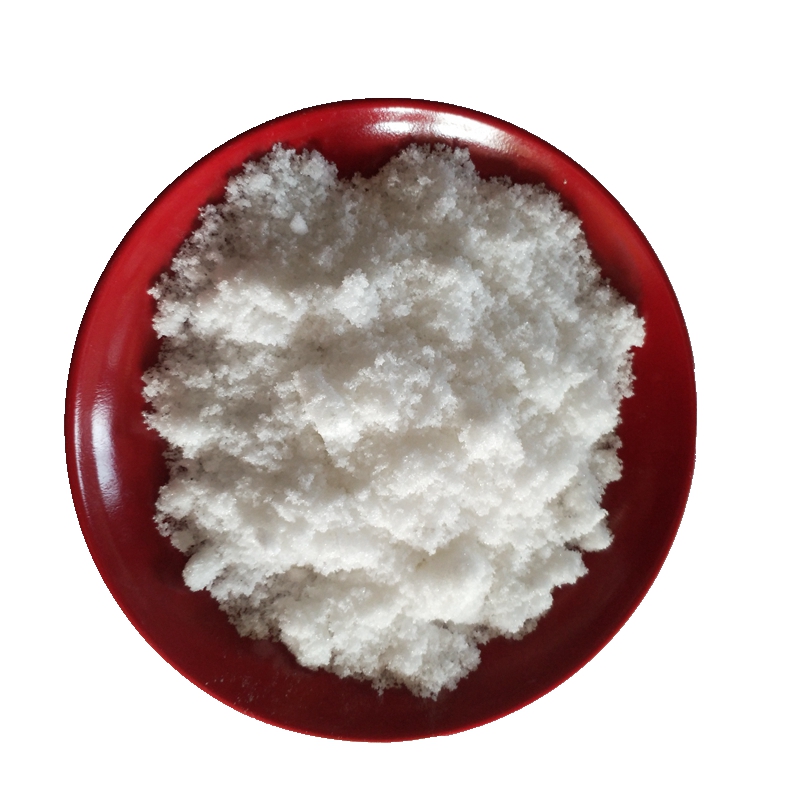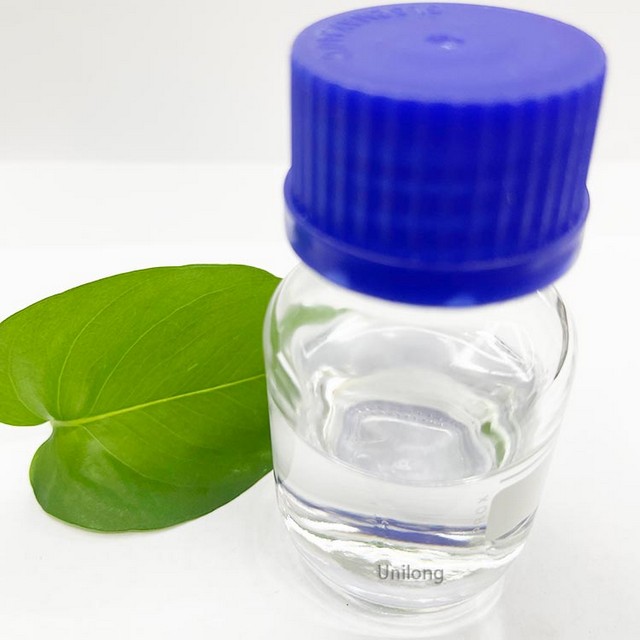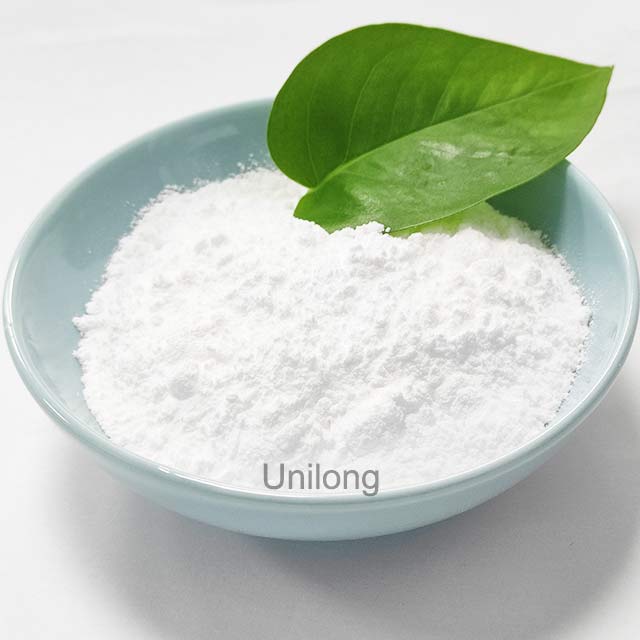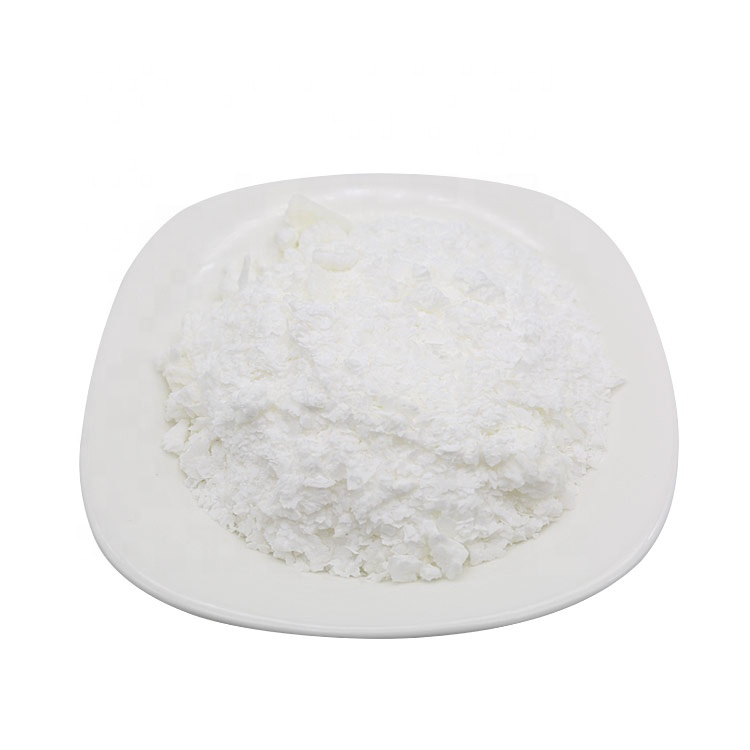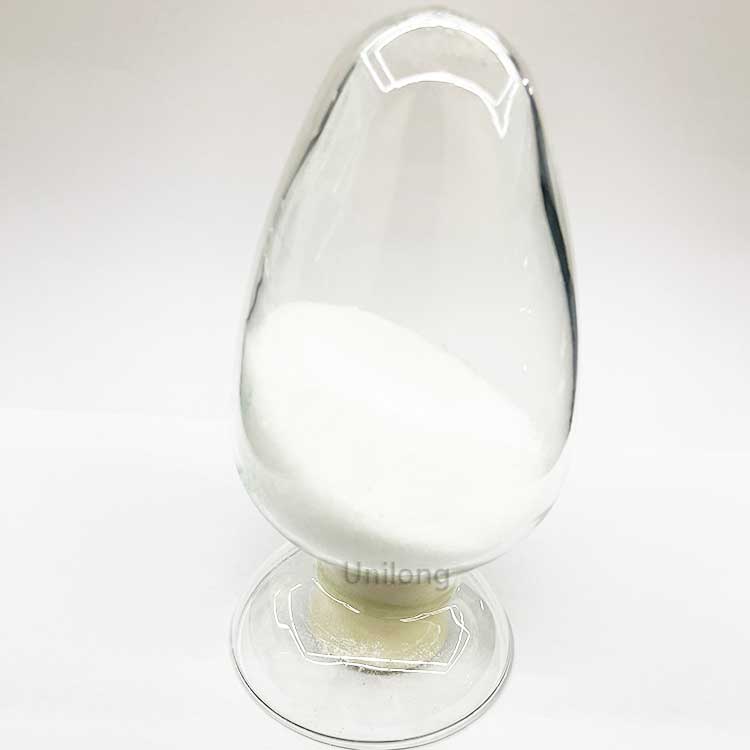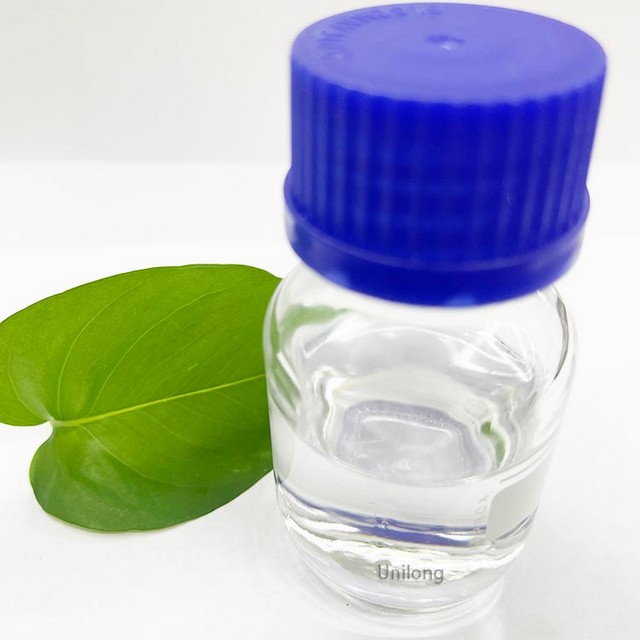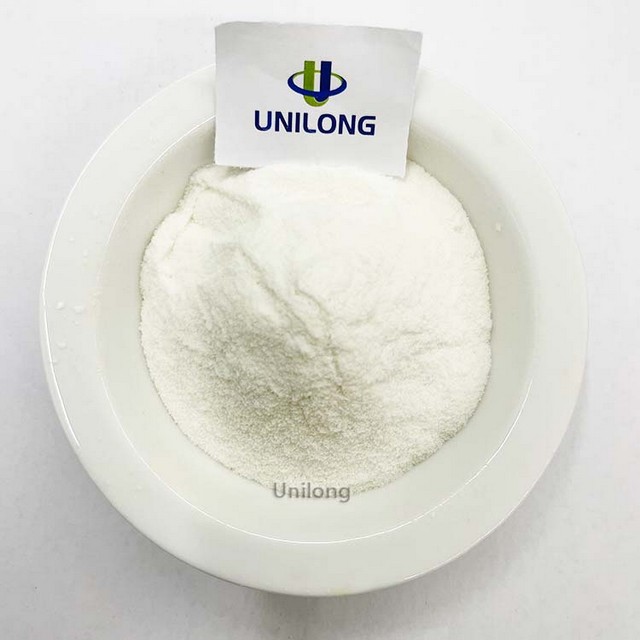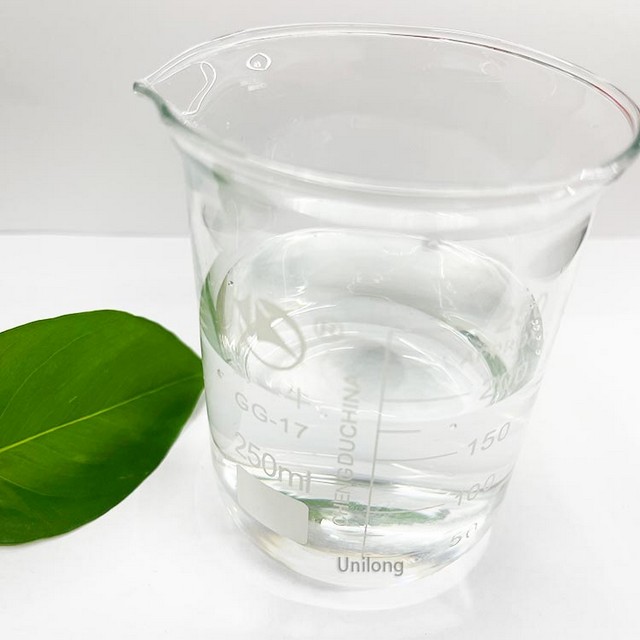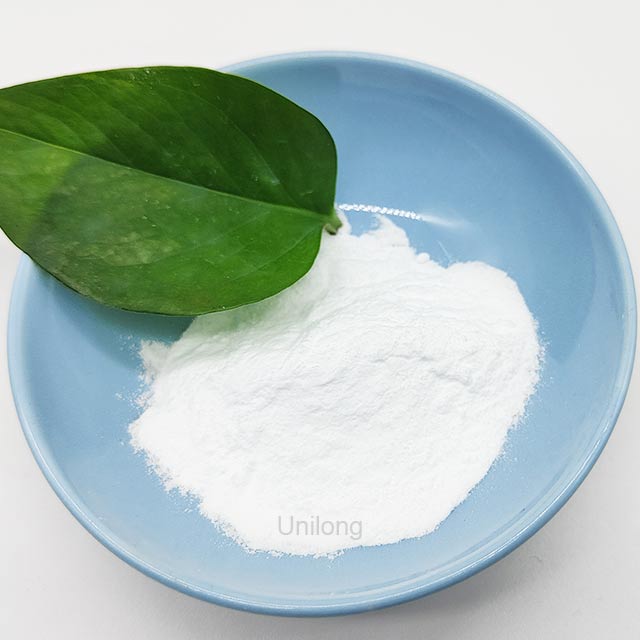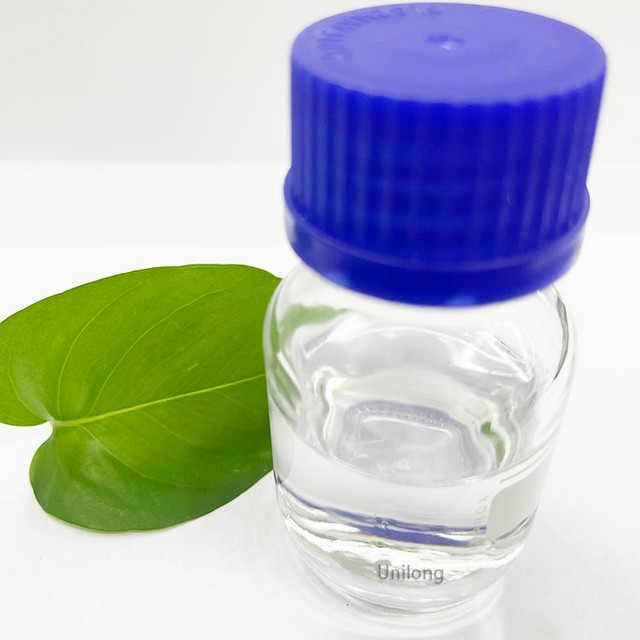Molecular formula: C21H22O9
Molecular weight: 418.4
EINECS : 607-884-2
Synonyms: Liquiritin551-15-5; LIQUIRITIN(SH); Liquiritin(Liquiritoside); 7-Hydroxyflavanone4′-O-glucoside; 4′,7-Dihydroxyflavanone4′-(β-D-glucopyranoside); Likviritin; Liquiritoside; (2S)-2,3-Dihydro-7-hydroxy-2-[4-(β-D-glucopyranosyloxy)phenyl]-4H-1-benzopyran-4-one
What is Liquiritin?
Liquiritin is white crystals, easily soluble in methanol, almost insoluble in ether, derived from licorice.
Specification
| Item | Standard
|
| Appearance | Off-white powder |
| Particle size | 100% over 100 mesh screen |
| Content(Glabridin) | HPLC≥90% |
| Loss on drying | ≤2.0% |
| Ignition residue | ≤0.1% |
| Pb | ≤ 1 ppm |
| Ni | ≤1 ppm |
| As | ≤1 ppm |
| Hg | ≤1 ppm |
| Cd | ≤1 ppm |
| Methanol | ≤100 ppm |
| Formaldehyde | ≤10 ppm |
| Ethyl Alcohol | ≤330 ppm |
| Acetone | ≤30ppm |
| Dichloromethane | ≤30ppm |
Application
1. Liquiritin is one of the main flavonoid compounds in licorice and one of the main ingredients of compound licorice tablets. It has multiple physiological activities such as antioxidant, anti-depressant, neuroprotective, and anti-inflammatory.
2. When liquiritin is used as a sweetness improver or enhancer, it is generally mixed with other sweeteners.
3. Liquiritin is used for content determination/identification/pharmacological experiments, etc.
Packing
Packing
25kg/drum, or as per customer’s requirements

